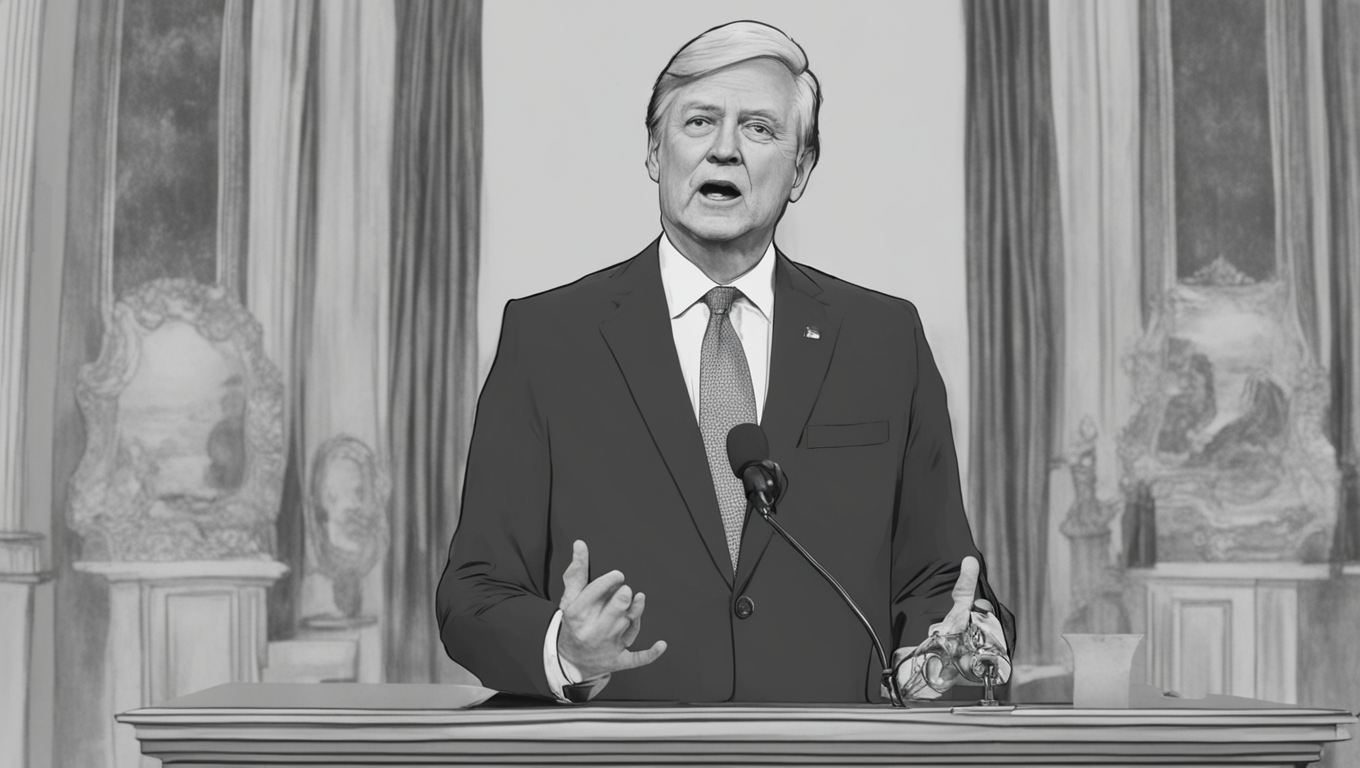Artificial intelligence has taken election disinformation to a whole new level, with the rise of “deepfakes” that can easily fool voters. In the past, creating fake photos, videos, or audio clips required time, technical skill, and money. But now, with the help of free and low-cost AI services from companies like Google and OpenAI, anyone with a smartphone and a devious imagination can create convincing deepfakes with just a simple text prompt.
The impact of AI deepfakes on elections has already been seen in Europe and Asia, where a wave of manipulated content has flooded social media platforms. Henry Ajder, a leading expert in generative AI, says that it is no longer a question of whether AI deepfakes could affect elections, but how influential they will be. With the U.S. presidential race heating up, FBI Director Christopher Wray has recently warned about the growing threat, emphasizing how foreign adversaries can easily engage in malign influence using generative AI.
AI deepfakes have the power to smear or soften a candidate’s image, steer voters towards or away from candidates, or even convince them to avoid the polls altogether. However, the greatest threat to democracy lies in the erosion of public trust. The novelty and sophistication of AI deepfakes make it difficult to track their origins, leaving governments and companies struggling to find solutions to this problem.
Recent examples of AI deepfakes include a video of Moldova’s pro-Western president endorsing a political party friendly to Russia, audio clips of Slovakia’s liberal party leader discussing vote rigging and raising the price of beer, and a video of an opposition lawmaker in Bangladesh wearing a bikini. The technology behind AI deepfakes blurs the line between reality and manipulation, making it hard for voters to distinguish between what is real and what is fake.
The malicious use of AI deepfakes to sow doubt about candidates' allegiances is a significant concern. In Moldova, the deepfakes aim to erode trust in the electoral process, candidates, and institutions, as well as between people. Similarly, China has been accused of weaponizing generative AI for political purposes, as seen in Taiwan, where a deepfake video raised concerns about U.S. interference in local politics. These incidents highlight the potential for AI deepfakes to disrupt democratic processes and create chaos.
Audio-only deepfakes pose an even greater challenge when it comes to verification because they lack the visual cues that can expose manipulated content. In Slovakia, audio clips resembling the voice of the liberal party chief were widely shared on social media before parliamentary elections, creating confusion among voters who rely more on visual cues than auditory ones.
Efforts to combat AI deepfakes face numerous obstacles. While the European Union has taken steps to cut the risk of spreading disinformation and “election manipulation,” the rest of the world is far behind. Tech companies have voluntarily signed agreements to prevent AI tools from disrupting elections, but platforms like Telegram pose challenges due to encrypted chats that are difficult to monitor. The concern is that attempts to control AI deepfakes could inadvertently restrict political commentary and unfairly target candidates.
The use of AI-powered chatbots and software that generate false and misleading information is also problematic, as it threatens to disenfranchise voters. Additionally, candidates themselves could claim that real events portraying them negatively were manufactured by AI, further eroding trust in the democratic process.
As upcoming elections loom, experts are particularly concerned about India, where social media platforms are breeding grounds for disinformation. With the prevalence of AI deepfakes, the world’s largest democracy faces a monumental challenge in maintaining the integrity of its elections.
In conclusion, AI deepfakes pose a rising threat to global elections, with their ability to manipulate images, videos, and audio clips that can deceive voters. The ease of creating deepfakes using AI services has made it a widespread phenomenon, and governments and companies are struggling to keep up. As the technology improves, the battle against AI deepfakes becomes increasingly challenging. The erosion of public trust and the potential for chaos in democratic processes underscore the urgent need for solutions to this growing problem.





Use the share button below if you liked it.